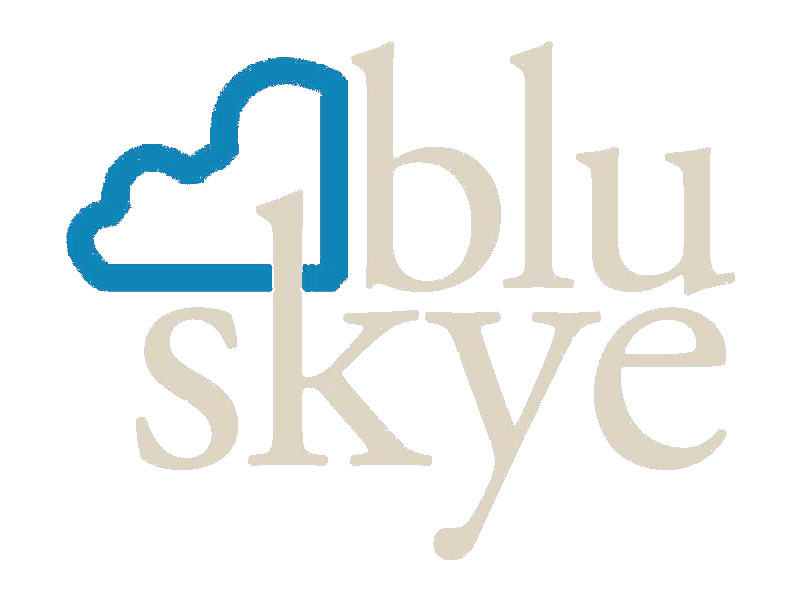
By Yvon Chouinard, Jib Ellison, and Rick Ridgeway
No one these days seriously denies the need for sustainable business practices. Even those concerned about only business and not the fate of the planet recognize that the viability of business itself depends on the resources of healthy ecosystems—fresh water, clean air, robust biodiversity, productive land—and on the stability of just societies. Happily, most of us also care about these things directly.
And yet collectively we have not been making progress on reducing the damage business does to the world. Admirable companies have launched inspiring initiatives, but the negative impacts of business activity continue to grow.
The problem is simple. It’s generally cheaper to buy the product that has a worse impact on its environment than the equivalent product that does less harm. Higher cost to planet does not translate to higher price to customer. Of course, this is due to the fact that businesses are rarely obliged to pay for the full toll their operations take on the world. Because many of these impacts have been hard to gauge with any precision—or to assign to individual businesses with fairness—their costs have remained external to businesses’ accounting.
But what if those externalized costs could be quantified and assigned? What if we could get to the point where the lowest-priced T-shirt was also the one doing the least harm to the planet and society? In that scenario, consumers’ bargain hunting would align perfectly with business practices that sustain a healthy and just world, and powerful market forces would be put in the service of sustainability’s goals. This is not a flash of brilliance on our part—it’s what sustainability theorists have said all along. “True cost accounting” has long been the holy grail of the movement.
Our companies, Patagonia and Blu Skye, have devoted decades to the business of sustainability, and never before have we felt the optimism we feel now. Developments on three fronts, long in the works and now converging, make it not only possible but inevitable that successful business will become synonymous with sustainable business. First, “prices” are now being calculated for many things that had been considered priceless; second, capital is flowing into companies known to manage those costs well; and third, indices are being established that allow disparate contributors in a supply chain to converge on sustainability standards. Each of these developments has yielded meaningful gains on its own, but because all three have now reached a certain maturity, we are entering a new, accelerated phase of progress. The dots are connecting, and a whole different picture of how to prosper in business is emerging.
The concept of sustainability has evolved across three eras. In the beginning, it was seen as an operational concern, consisting of largely defensive efforts to reduce companies’ environmental footprints and cut waste. That evolved into a more strategic stance—let’s call it Sustainability 2.0. The focus shifted from cost reduction to innovation, and initiatives began to consider whole value chains. Now we’re in the midst of another overhaul of the concept, in which considerations of impact pervade all the decision making of firms. And as for Sustainability 4.0? The 3.0 era will render the term redundant. Instead of asking either “how can we turn a profit?” or “how can we minimize our impact?” managers will see those as two sides of the same coin. Sustainability will simply be how business is done.
Putting a Price on the Priceless
The first trend contributing to Sustainability 3.0 is the recent progress on quantifying ecosystem services— that is, measuring, in dollar terms, the value of the myriad beneficial services that natural environments perform. An example is the erosion control provided by mangrove forests: How much would it cost to achieve the same control by other means? Another is the pollination that insects perform: What is it worth to agriculture? The natural world’s services range from the supply of fresh water and clean air to the sequestration of carbon and production of all manner of raw materials. If plant diversity is necessary to support new drug discoveries, what would we pay to have it?
Of course, the bounty of nature is priceless. But the unfortunate effect of our seeing these inputs to well-being as incalculable has been that they are treated as free. That mind-set creates problems when resources turn out not to be limitless or indestructible. A failure to price resources also makes it difficult to think clearly about trade-offs, which many decisions relating to sustainability involve. When inputs and outputs can be stated in like terms (which is to say, dollar terms), optimal solutions can be found.
The importance of quantifying ecosystem services was first acknowledged in the early 1990s, but serious efforts began in 2000. At least two not-for-profit organizations—Conservation International and The Nature Conservancy—and the accounting giant PriceWaterhouseCoopers are currently developing methodologies to value ecosystems. Under the direction of Peter Seligmann, Conservation International has shifted its strategy for protecting wildlands from an emphasis on their intrinsic value to stressing the value they deliver. The organization now has teams working on the arduous task of quantifying the contribution of ecosystems to human life. One product of this effort is a web-based tool called Artificial Intelligence for Ecosystem Services (ARIES), developed in partnership with the Gund Institute for Ecological Economics and with funding from the U.S. National Science Foundation, which allows users to value ecosystems rapidly and on multiple scales, from local to regional to national to global.

